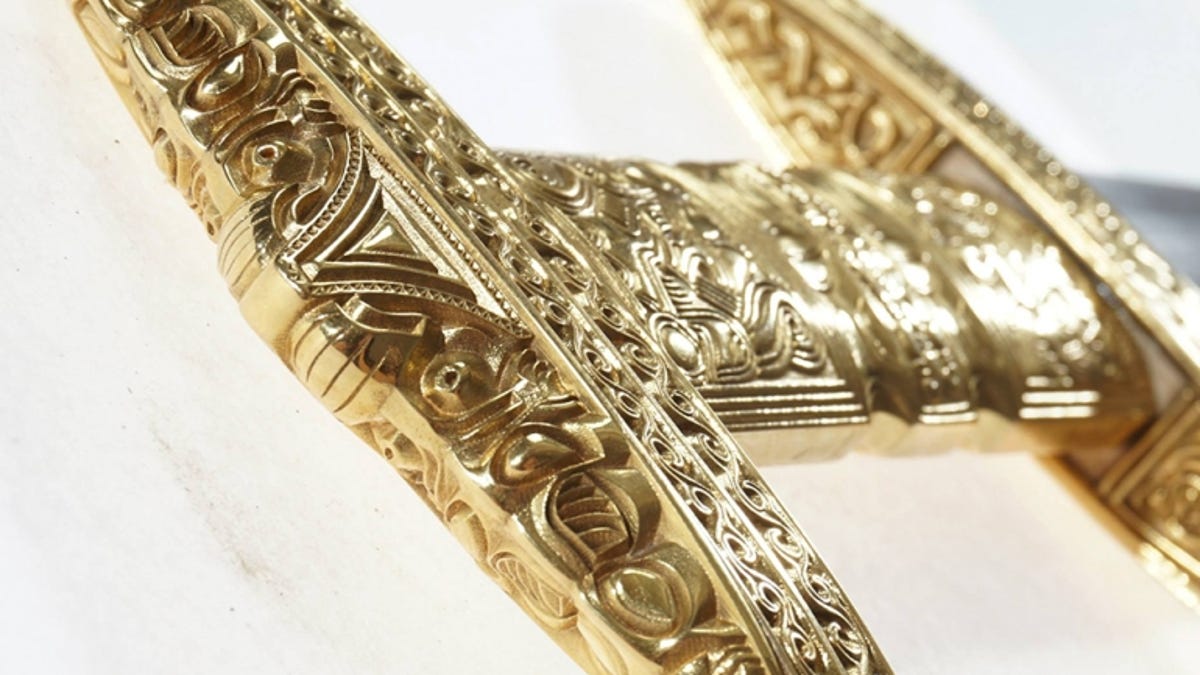3D printing produces a perfect replica of a sixth-century sword
A damaged sixth-century sword in a museum in Norway has been perfectly reproduced as new through 3D printing.

After hundreds of years as a great power, the Roman Empire finally crumbled, seeing its final days in the fifth century. Of course, the destruction of something so vast could only be achieved by a perfect storm of exacerbating factors -- but one of the largest was the Germanic unrest. For centuries, the Germanic people had been revolting against Rome, and the pressure finally proved too much to bear.
During the final years and after the fall of Rome followed a period of migration across Europe, as first the Germanic and then the Slavic tribes packed up and made homes in new lands. It is during this Migration Period that a new type of sword emerged -- a sort of halfway point between the Roman spatha, from which it had evolved, and the Viking sword, into which it would evolve.
Museums, of course, have some of these swords: greatly dilapidated, in many cases, but valuable artefacts of the time. However, the age and fragility means that although visitors can see the swords, they cannot touch them -- cannot feel how the swords weighed and moved.
It is for this reason that the National Museum of Art in Norway approached Nils Anderssen, a game developer and school teacher with a passion for re-creating historical artefacts in his spare time. The museum is in possession of a particularly fine sword -- a golden-hilted ring-sword, probably used only by kings and nobles. The ring affixed to the hilt is believed to be the symbol of an oath.
The instruction that the museum gave Anderssen was that the sword should look and feel exactly like the original would have done when it was new. This would allow museum visitors to have hands-on time with the sword, as a complement to admiring the relic safe in its glass case.
Anderssen has no experience in blacksmithing or goldsmithing, but he does know his way around 3D-modelling software -- namely 3D Studio Max.
"In 3D Studio Max, I have good control over the thickness and size of the patterns and therefore avoided problems in printing," he said. "Also, there are lot of sharp edges that are easy to do in 3D Studio Max."
Using photographs of the real sword to gauge the dimensions of the hilt, Anderssen modelled the shape into basic polygons before working on carving out the fine details of the intricate design. Then he sent the finished model to i.materialise to be printed in bronze. When the finished print arrived, he cleaned up the details and had the pieces gilded and fitted with wooden inserts for stability before being attached to the blade.
"The whole project has been very interesting both as a learning experience and also to be able to use processes I already knew, but with more complexity," Anderssen said. "In contrast to the digital work on screens, this is something you can pick up, look at and use. This is something I find very rewarding."

